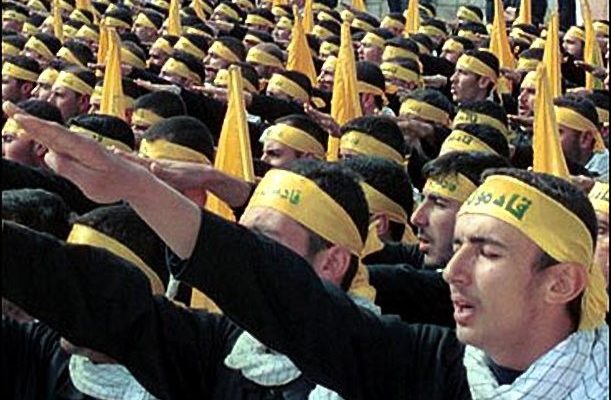Hezbollah is planning on returning to Lebanon to replenish its forces in anticipation of future confrontation with Israel.
Lebanese news site Lebanon 24 reported on Tuesday that Hezbollah was planning to leave Syria gradually over the next several weeks after five years of fighting in that country. According to the report, over three quarters of the Shiite terrorist organization’s men are now serving in Syria. The first phase of the withdrawal is scheduled to begin in the coming days and could involve 60 percent of the forces, with the last fighters leaving by the beginning of 2018.
Hezbollah entered the Syrian conflict in 2012 as a result of the dire necessity for fighters whom President Bashar al-Assad could rely upon, as his army consisted of many different factions, not all of them trustworthy in the eyes of the regime. They answered the call of Iran, Hezbollah’s main financial backer and weapons supplier, which was determined to preserve the regime of their principal Arab ally in the Middle East.
Almost 2,000 Hezbollah fighters are estimated to have died in the war, and thousands of others have been injured. Hezbollah’s high command has now reportedly decided that its remaining forces are stretched too thin and that there is a greater need to return to its home base of Lebanon so it could rebuild its presence on the border with Israel.
Although Hezbollah and other Iran-backed militias managed to prevent Assad from losing the war, it is widely understood that the major turnaround in the conflict is due to Russia’s active military intervention, which began in September 2015.
Meanwhile, the IDF revealed for the first time the identity of Hezbollah’s “southern commander” in Syria as Munir Shaito. Also known as Hajj Hashem, Shaito sent the two terrorists who infiltrated Israel from Lebanon in 2002 and shot and killed six Israelis near Kibbutz Matzuva. Today, Shaito commands much of southern Syria, up to the border with Israel. While his primary mission is to help Assad defeat the rebel forces in this area, he is also responsible for building up Hezbollah’s military infrastructure in the Syrian Golan Heights. His rank is equivalent to a corps commander, and he is subordinate only to the head of all Hezbollah forces in Syria.
By: Batya Jerenberg, World Israel News





